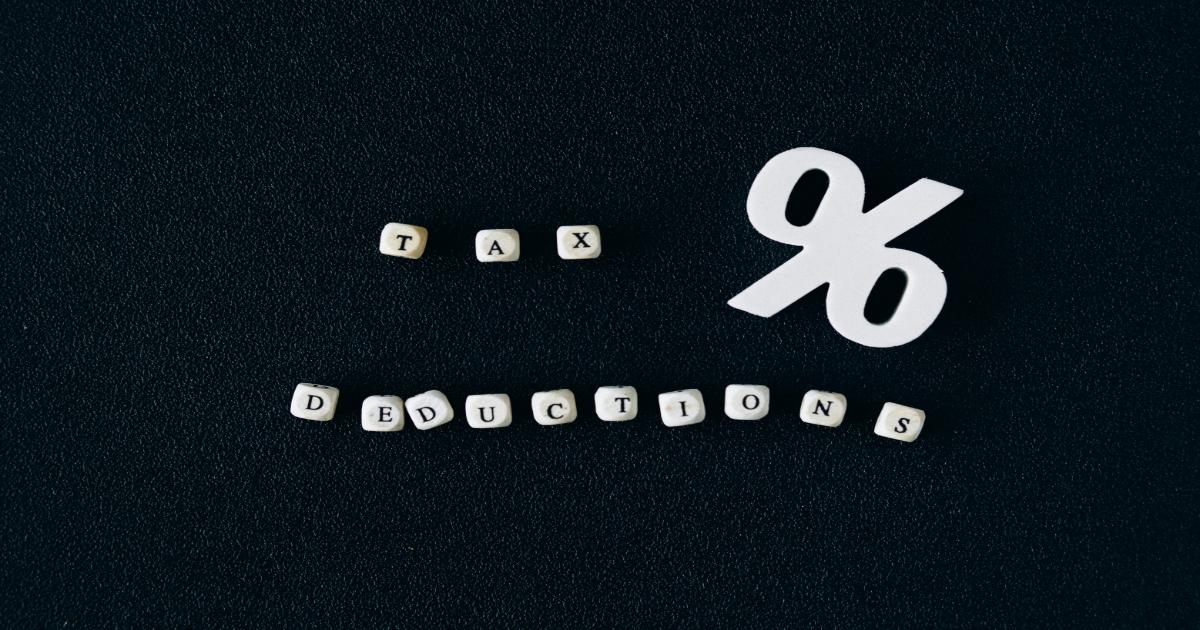What Is the Standard Deduction?
By Tax&Facts | Published on | Read: 3 Mins
Taxes can get complicated fast, but one concept that every filer should understand is the standard deduction. Whether you’re a first-time taxpayer or just brushing up on your knowledge, this guide breaks down what the standard deduction is, how it works, and how it impacts your tax return.

What Is the Standard Deduction?
The standard deduction is a flat-dollar amount that the IRS lets you subtract from your income before calculating how much tax you owe.
It’s one of the simplest ways to reduce your taxable income without having to itemize expenses like medical bills, mortgage interest, or charitable donations.
Think of it like a tax discount — the IRS lets you keep a portion of your income tax-free, no strings attached.
Standard Deduction Amounts for 2025 (Estimated)
These are the estimated standard deduction amounts for tax year 2025:
| Filing Status | Standard Deduction |
|---|---|
| Single | $14,000 |
| Married Filing Jointly | $28,000 |
| Head of Household | $20,800 |
| Married Filing Separately | $14,000 |
These figures are adjusted annually for inflation. Always check the latest IRS updates before filing.
How Does It Work?
Let’s say you're a single filer who earned $60,000 in 2025. If you don’t itemize, you can automatically deduct $14,000 from your income. That means you'll only pay taxes on $46,000, not the full $60,000.
Standard Deduction vs. Itemized Deductions
You have two options when it comes to deductions:
- Take the standard deduction (the default and easiest choice).
- Itemize deductions (list individual expenses like mortgage interest, medical costs, etc.).
Most people choose the standard deduction because it’s simpler and often results in a lower tax bill unless they have significant deductible expenses.
Additional Standard Deduction
You may be eligible for an extra deduction if:
- You're 65 or older
- You’re blind
For 2025, this additional amount is estimated to be around $1,950 per person (varies by filing status).
Quick Recap
| Term | Meaning |
|---|---|
| Standard Deduction | A fixed amount that reduces your taxable income automatically |
| Itemized Deductions | A list of specific eligible expenses you subtract instead of the standard deduction |
| Why it matters | A lower taxable income = lower tax bill |
FAQ Frequently Asked Questions (FAQ)
Q1: Do I have to apply for the standard deduction?
A1: Nope! It’s automatic. If you don’t itemize, the IRS applies the standard
deduction by default.
Q2: Can I take both the standard and itemized
deductions?
A2: No. You must choose one or the other — not both.
Q3: Is the standard deduction different for seniors or the
blind?
A3: Yes! You can claim an additional amount if you're age 65+ or blind.
Q4: Do dependents get a standard deduction?
A4: Yes, but it’s usually lower and based on their earned income. Special
rules apply for dependents.
Q5: How do I know which deduction saves me more money?
A5: Tax software or a tax preparer can calculate both and choose the most
beneficial one for you.
Article History
v1.0 (May 19, 2025): Initial publication of the article
